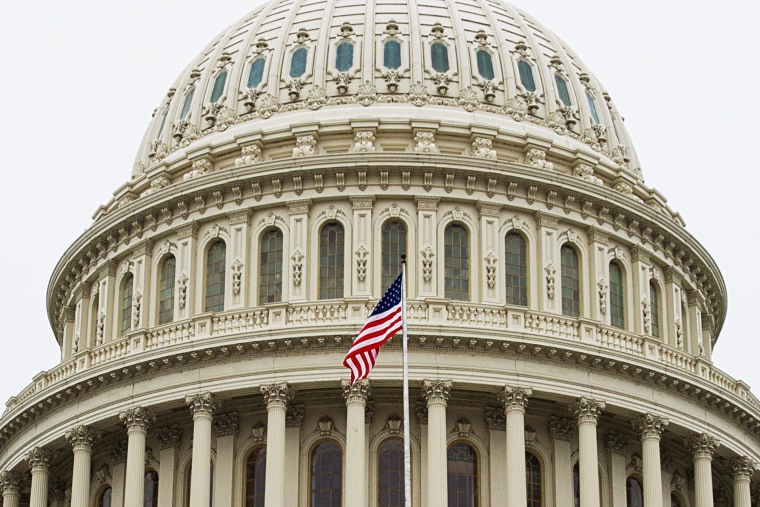Republicans who hated the stimulus accused the $787 billion spending bill of being stuffed with wasteful, pork-filled spending tailored to lawmakers' special interests. That story is contradicted by a new study from Brookings, a Washignton, D.C.-based think tank, which shows that political clout actually had little influence over where stimulus funds were spent.
But the spending didn't always go where there were the most job losses, either.
The study looks specifically at the discretionary spending in the stimulus -- $308 billion in funds that have traditionally been the main vehicle for pork-barrel and special-interest spending. Researchers measured political clout by examining leadership positions, length of time in office and political party, and found these factors had no significant impact on where the money went, according to the paper presented Thursday at the annual conference of the Brookings Papers on Economic Activity.
"Party leaders did not receive more funds than rank-and-file legislators. Democrats in swing districts did not receive more than Republicans in such districts. Ideological moderates and pivotal members of Congress received slightly less than average," wrote the paper's authors, Christopher Boone of Columbia University, Arindrajit Dube of the University of Massachusetts Amherst, and Ethan Kaplan of the University of Maryland.
The findings supported Democratic promises to keep earmarks and special-interest spending out of the bill.
Democratic districts did receive slightly more funds than Republican ones -- about $510 per capita, compared to $416 per capita in GOP areas. But researchers say this difference was negligible once they factored in employment and poverty levels. What's more, legislators in politically-vulnerable areas didn't receive any more funds on average. "Neither of the two parties appear to have targeted extra funds towards marginal districts, i.e., those with close outcomes in the previous election," the authors wrote.
But that doesn't mean that stimulus funds always reached the places where there the economy was cratering. "Discretionary funds were not well targeted to high unemployment districts, and differences in 'shovel readiness' as measured by the pace of spending do not appear to explain the cross-district variation in expenditures," the authors concluded. Funds did tend to go toward areas that had higher poverty, however.
The New Deal, by comparison, was both better targeted and more subject to political pressures. "Grants under the New Deal appear to have gone both to higher unemployment areas, as well as swing district supporters of President Roosevelt," the paper says.
Why weren't the stimulus funds targeted more effectively? It seems that much of the spending was dispersed according to Medicaid and highway miles, the authors said. These were simple, pre-existing formulas that could get the funds out the door quickly, based on rules that would be shielded from the politics of the day. Both the White House and Congress wanted to make sure the stimulus got out the door and distributed as quickly as possible, given the rapid economic freefall at the time.
Those rules helped ensure that funds reached higher-poverty areas and places with lots of roads to improve, but not necessarily high-unemployment areas during the worst of the economic meltdown. There were other factors that skewed the distribution of funds as well: Pell Grant spending didn't tend to be higher in areas of greater student need due to state governments' role in distributing the funds, according to a 2013 paper.
Finally, political clout was exercised in other ways not captured by the study. The Obama administration prioritized renewable energy and high-speed rail. And the biggest political obstacle to the stimulus's passage wasn't the House, but the Senate, where Republican moderates made demands that didn't generally direct more funds towards their states.
